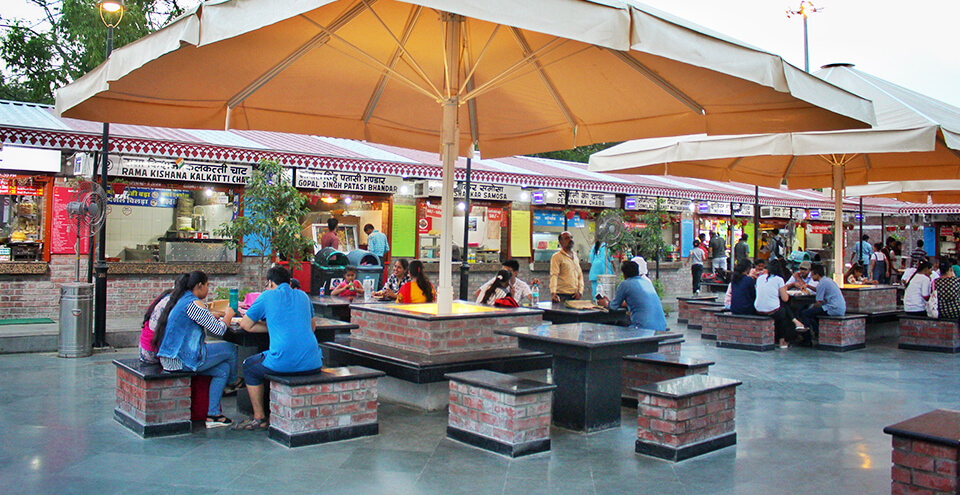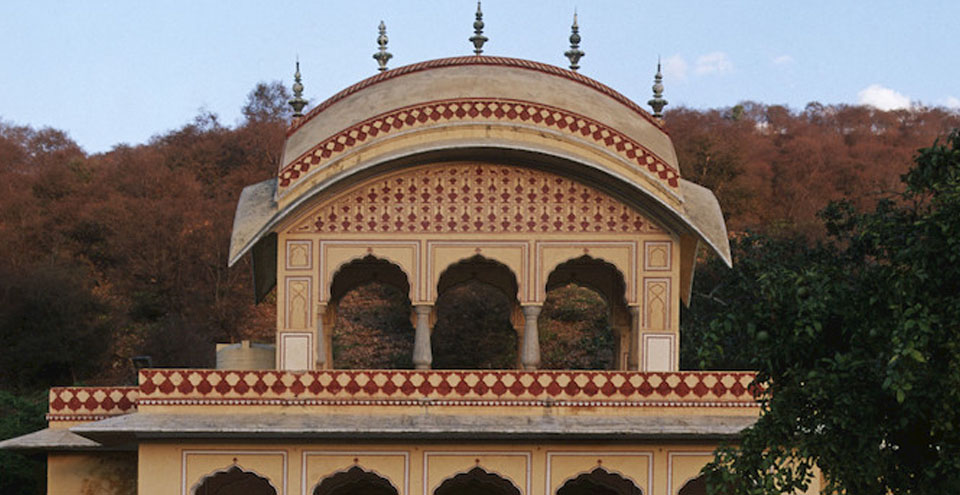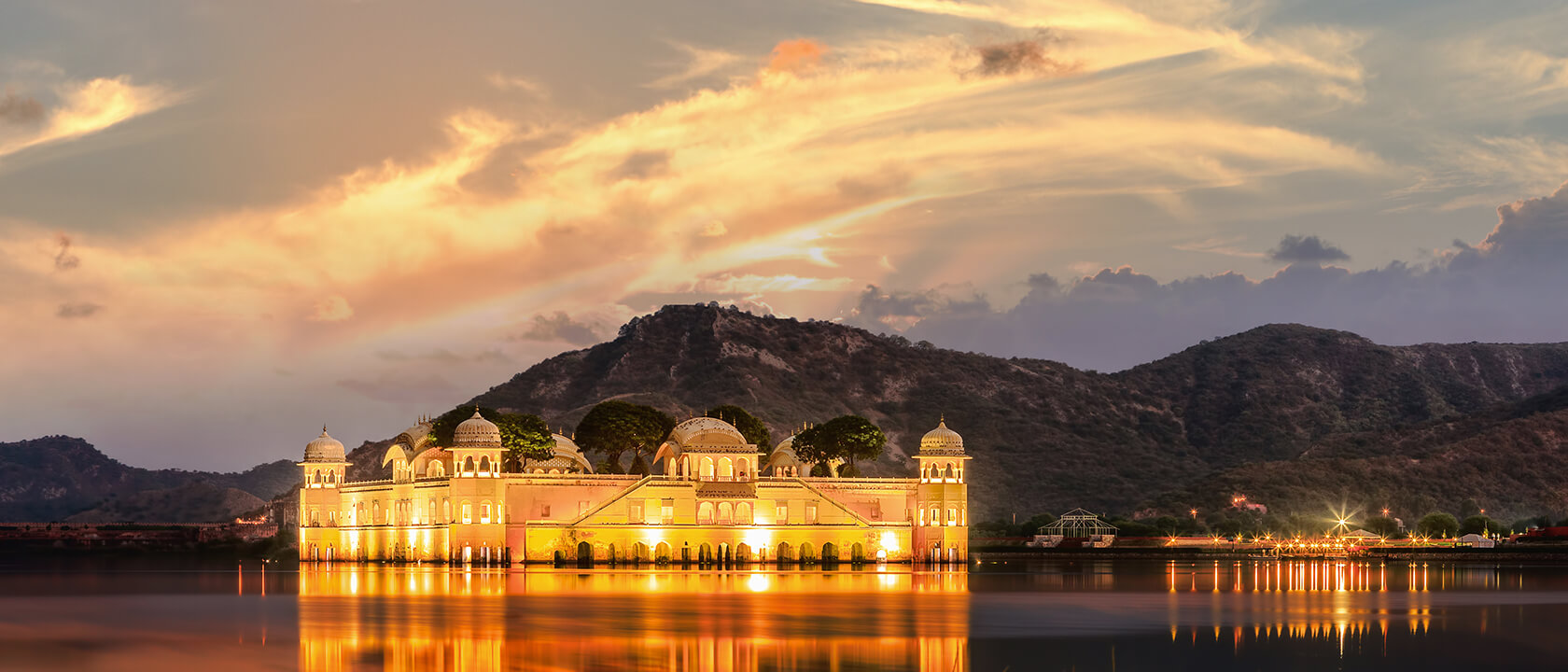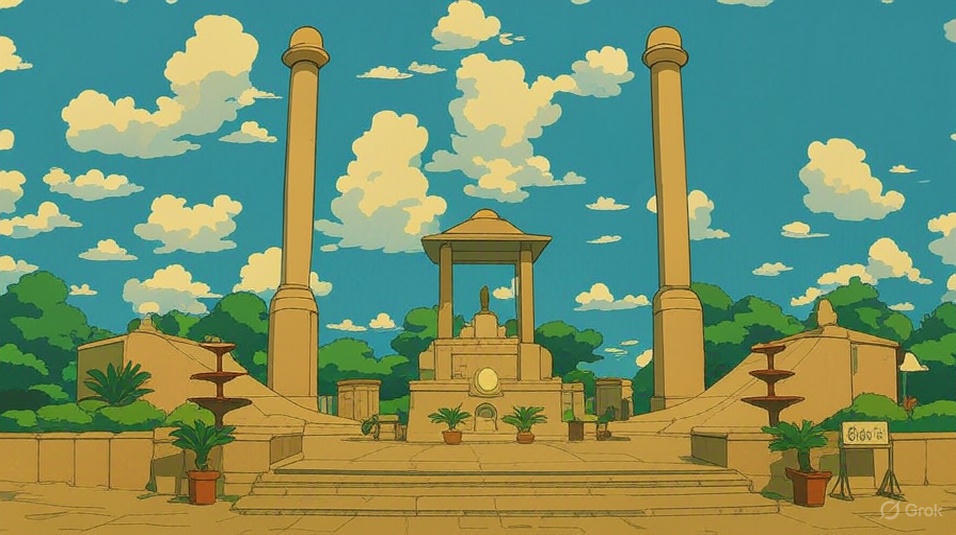Jaipur, the capital of Rajasthan, is one of India’s most iconic tourist destinations. Renowned for its rich history, majestic forts, and vibrant culture, the city is fondly known as the “Pink City.” But have you ever wondered why Jaipur earned this colorful nickname?
Let’s dive into the history, symbolism, and legacy behind Jaipur’s famous pink facade.
The Origin: A Royal Welcome in 1876
The story dates back to the year 1876, when Prince Albert, the consort of Queen Victoria, was scheduled to visit India. To honor his arrival, Maharaja Sawai Ram Singh II, the then ruler of Jaipur, decided to give the city a fresh coat of paint.
But why pink?
Pink = Hospitality
In Rajput culture, the color pink symbolizes hospitality, warmth, and welcome. To impress the visiting royalty and showcase Jaipur’s graciousness, Maharaja Sawai Ram Singh II ordered the entire city to be painted in a terracotta pink shade. The result? A stunning uniform look that left a lasting impression.
A Law That Preserved the Color
The pink makeover was so well-received that the color became an integral part of Jaipur’s identity. To maintain the charm, the Maharaja passed a law in the late 19th century requiring all buildings in the old city area to be painted pink.
Even today, this tradition continues—thanks to local regulations, buildings in the historic quarters must adhere to this color scheme, preserving the city’s nickname and heritage.
What Exactly is “Jaipur Pink”?
Interestingly, the color isn’t a bright bubblegum pink—it’s more of a dusty terracotta or salmon hue. This was achieved using a mix of lime and red ochre, giving the buildings a distinctive, earthy shade that stands out, especially against Rajasthan’s arid landscape.
A Lasting Identity
Jaipur’s pink color has become more than just a tradition—it’s a brand. The Pink City draws millions of tourists each year, and the uniform color of its buildings, gates, and palaces creates a unique visual identity that sets Jaipur apart from any other city in the world.
Key Attractions in the Pink City:
- Hawa Mahal (Palace of Winds)
- City Palace
- Jantar Mantar
- Albert Hall Museum
- Old City Bazaars (like Johari and Bapu Bazaar)
These landmarks, painted in signature pink tones, add to Jaipur’s timeless beauty and Instagram-worthy appeal.
Final Thoughts
Jaipur is called the Pink City not just because of its color—but because of what that color represents: hospitality, unity, and tradition. What started as a gesture to honor a royal guest has now become a symbol of pride for Jaipur’s residents and a fascination for visitors worldwide.
So, next time you stroll through Jaipur’s rose-tinted streets, remember—you’re walking through history painted in pink.




